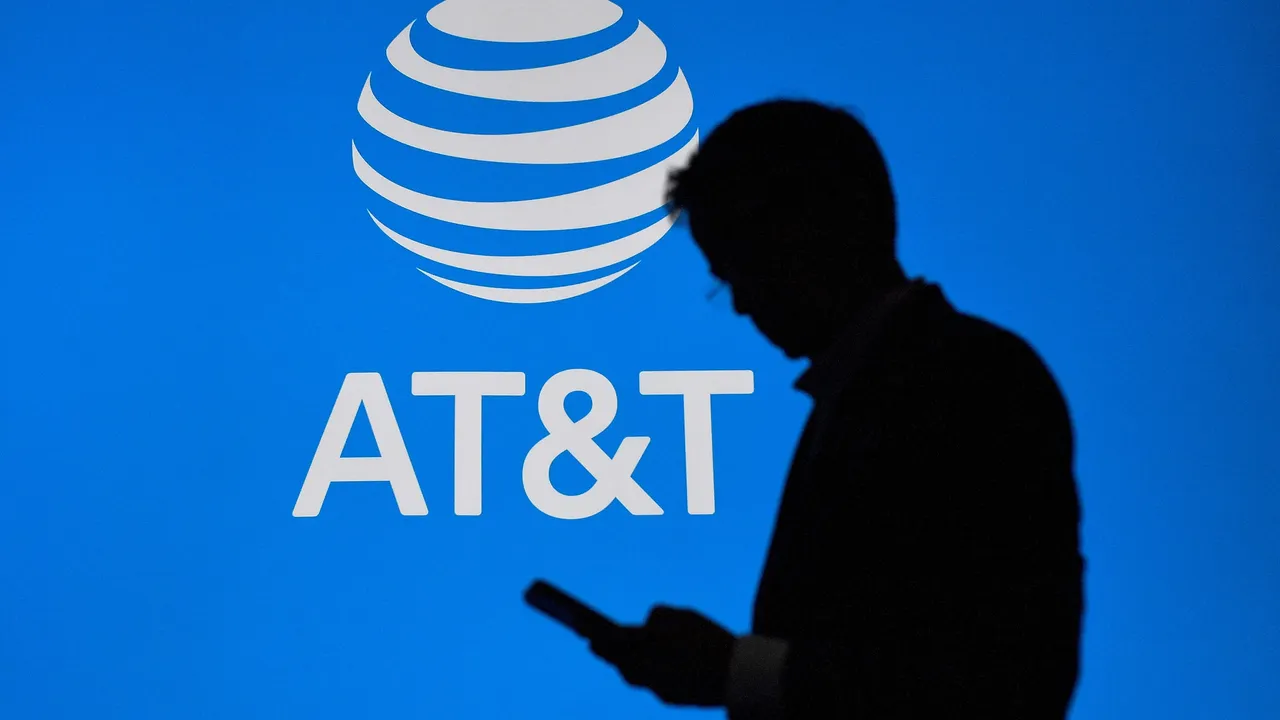
Thousands of AT&T subscribers across the US found their iPhones alarmingly locked in SOS mode on August 28, 2024. This widespread outage sparked frustration and concern, leaving many unable to make regular calls or access essential services. Let’s delve deeper into this incident, exploring its causes, impacts, and the ongoing efforts to restore normalcy.
The Sudden SOS Lockdown: What Happened?
On the evening of August 28th, a significant portion of AT&T’s network experienced a major disruption, causing iPhones to display the dreaded “SOS Only” message. This mode, designed to enable emergency calls even with limited connectivity, ironically became a hindrance for countless users, cutting them off from routine communication.
The outage reportedly began around 7:00 PM PT and affected users nationwide. Many took to social media platforms like Twitter and Reddit to express their frustration, sharing screenshots of their SOS-stricken iPhones and seeking answers.
The Root Cause: AT&T’s Network Glitch
AT&T acknowledged the outage and attributed it to an unspecified “network issue.” While the exact technical details remain unclear, it appears that the disruption was severe enough to trigger iPhones’ emergency SOS mode. This mode activates when the device detects a weak or absent cellular signal, prioritizing emergency calls over regular communication.
The Impact: Beyond Just Inconvenience
The outage’s effects rippled far beyond mere inconvenience. Many users reported being unable to reach emergency services like 911, highlighting a critical safety concern. Additionally, businesses reliant on AT&T’s network faced disruptions, potentially impacting their operations and customer service.
Personal Experience: As an AT&T subscriber myself, I vividly recall the anxiety of seeing my iPhone locked in SOS mode. It was a stark reminder of our reliance on technology and the vulnerability we face when networks fail. The inability to make regular calls or access data was frustrating, but the potential inability to reach emergency services was truly alarming.
The Resolution: A Slow Return to Normalcy
AT&T worked tirelessly to restore service, and by around 7:55 PM PT, the company announced that the issue had been resolved. However, some users continued to experience problems, with their iPhones remaining stuck in SOS mode. AT&T advised those affected to restart their devices or toggle their cellular data settings.
Beyond the Outage: Lessons Learned and Future Preparedness
This incident serves as a potent reminder of the fragility of our communication networks. It underscores the importance of having backup plans in place for when technology fails us. Additionally, it raises questions about the design of emergency SOS modes and whether they should be more flexible in situations like network outages.
The Way Forward: Building a More Resilient Network
As we move forward, it’s imperative that AT&T and other carriers invest in building more resilient networks that can withstand disruptions. This includes robust redundancy measures, proactive monitoring systems, and swift response protocols. Additionally, continued transparency and communication with customers during outages is crucial for maintaining trust and minimizing frustration.
The AT&T outage and subsequent iPhone SOS lockdown was a disruptive event that affected thousands of users. While the technical issues have been largely resolved, the incident serves as a stark reminder of our reliance on technology and the importance of building more resilient networks. By learning from this experience and taking proactive steps to prepare for future disruptions, we can navigate the digital landscape with greater confidence and security.